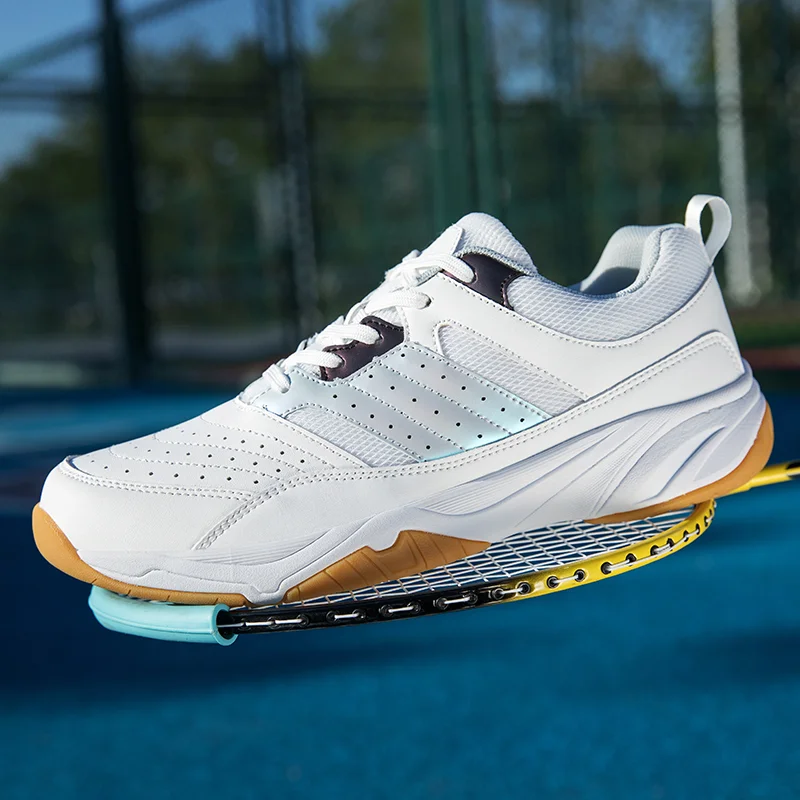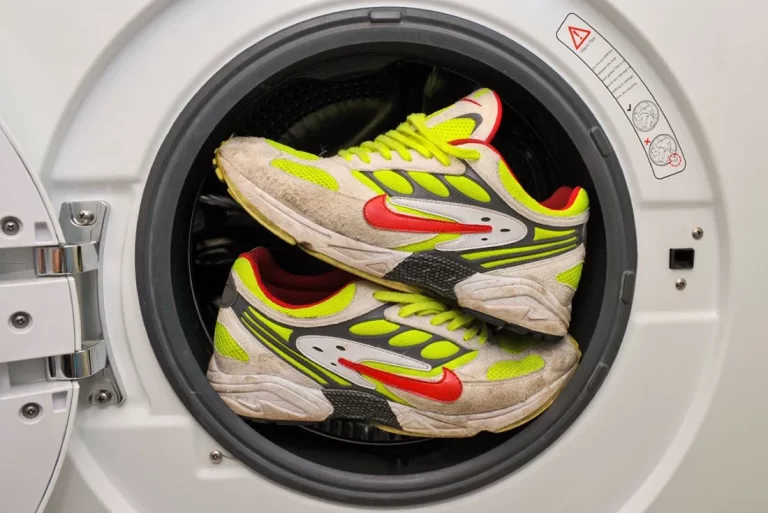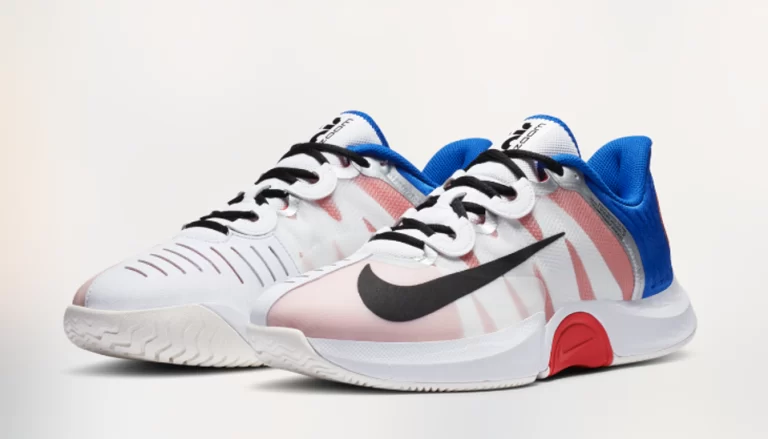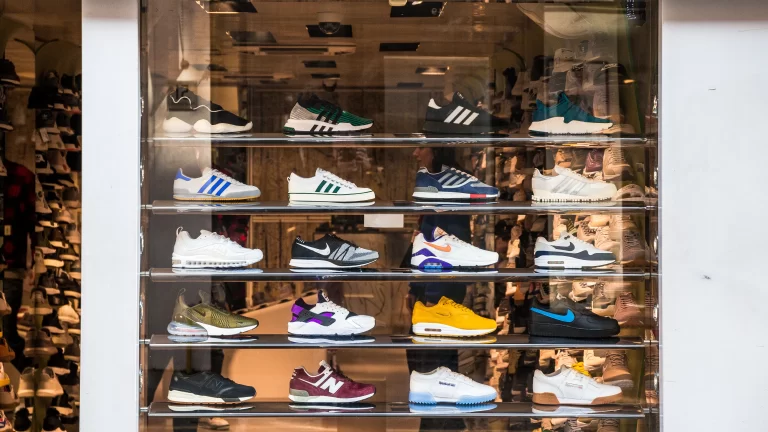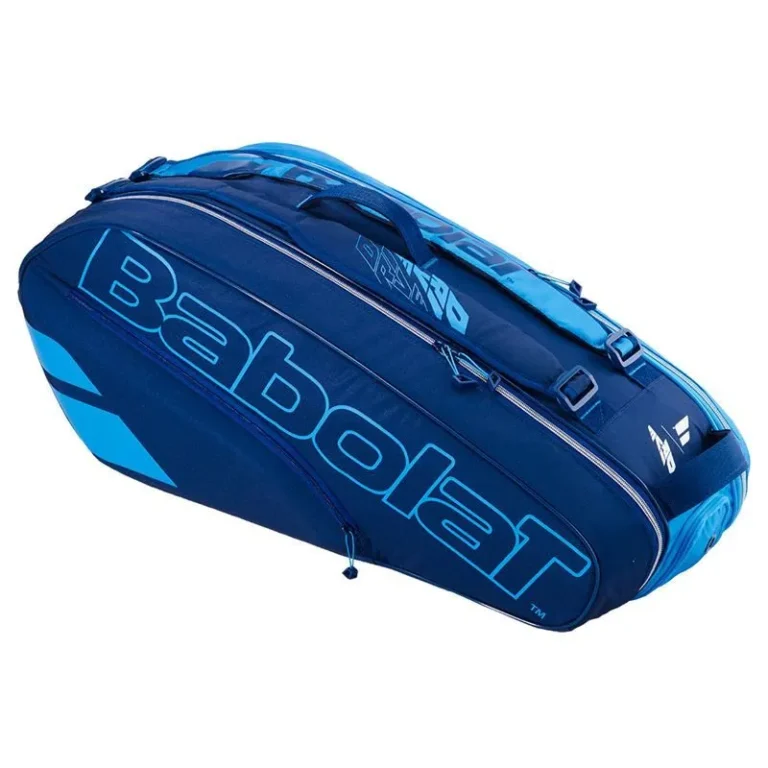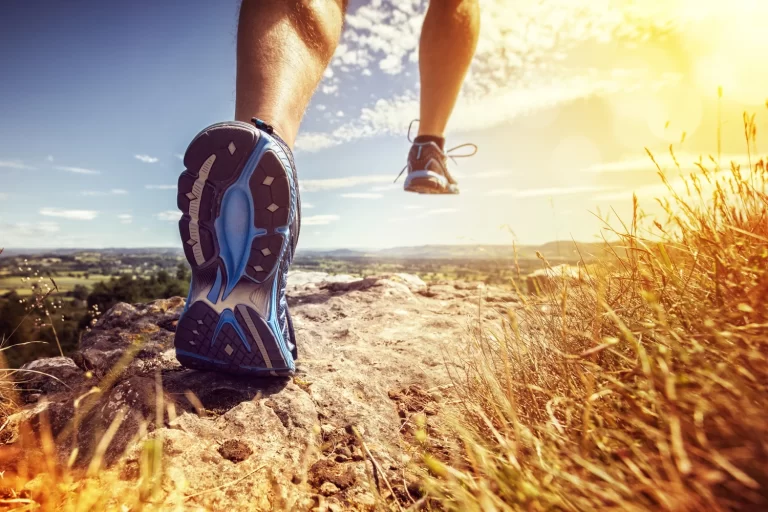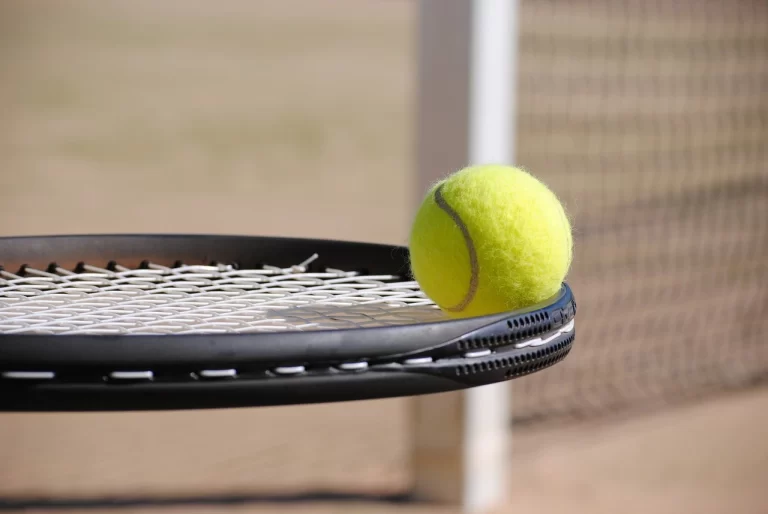Are Tennis Shoes Non-slip?
Tennis shoes, also known as athletic or sports shoes, have become a popular choice for individuals engaging in various physical activities, including tennis, running, and gym workouts. One crucial aspect that many people consider when selecting tennis shoes is their slip resistance. The question arises: are tennis shoes non-slip?
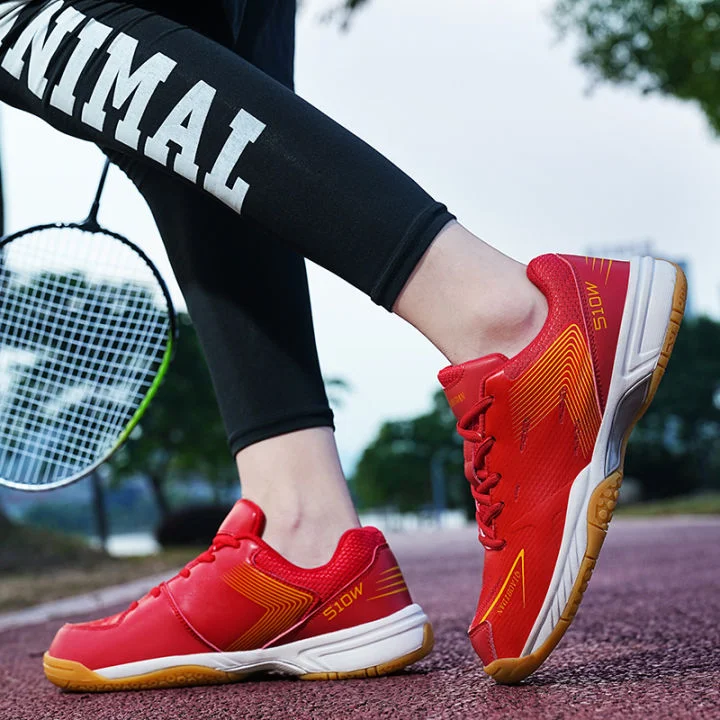
Non-slip tennis shoes can help to reduce your risk of slipping and falling on wet or slippery surfaces, but it is important to be aware of your surroundings and to take precautions to prevent slipping.
In this article, we will discuss the characteristics of tennis shoes that contribute to their slip resistance, explore the factors that affect their grip on different surfaces, and provide insights into how to choose the right pair of tennis shoes to ensure maximum stability and safety during physical activities.
Tennis Shoes Are Non-slip
Tennis shoes are widely regarded as non-slip footwear due to their design features and specialized outsoles. These shoes are specifically engineered to provide excellent traction and grip on various surfaces, making them suitable for sports activities that involve quick movements and sudden changes in direction. The outsoles of tennis shoes are typically made of durable rubber or synthetic materials with patterns or grooves that enhance their grip.
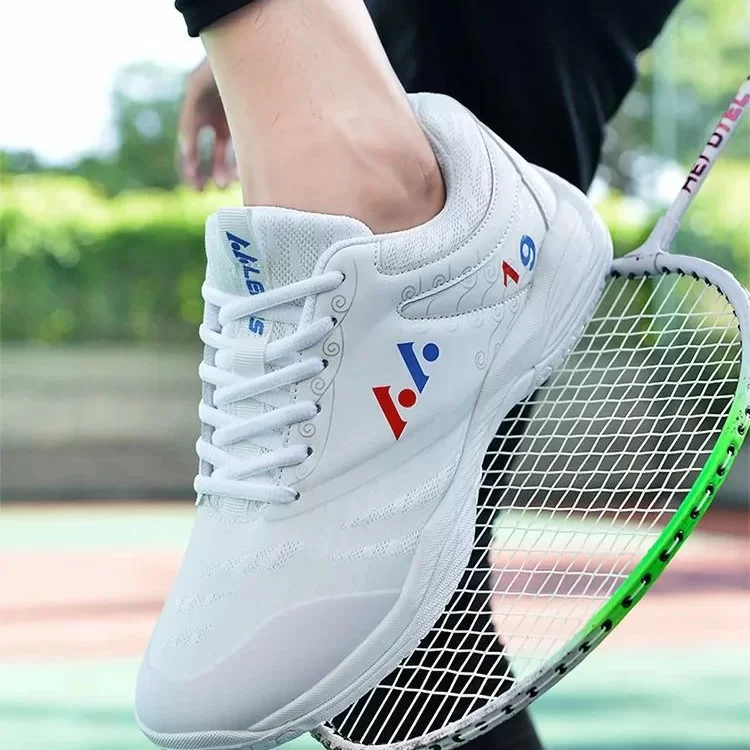
Many tennis shoes incorporate advanced technologies such as herringbone patterns or multidirectional treads, they enhance their slip resistance. Whether you’re playing tennis on a clay court, running on a track, or working out in the gym, tennis shoes are designed to keep you stable and secure, minimizing the risk of slips and falls.
Related to: What To Wear To Play Tennis In Winter?
Related to: Can You Wear Regular Tennis Shoes On Clay Courts?
Features of a non-slip Tennis Shoes
Non-slip tennis shoes are designed to reduce the risk of slipping and falling on wet or slippery surfaces. They typically have the following features:
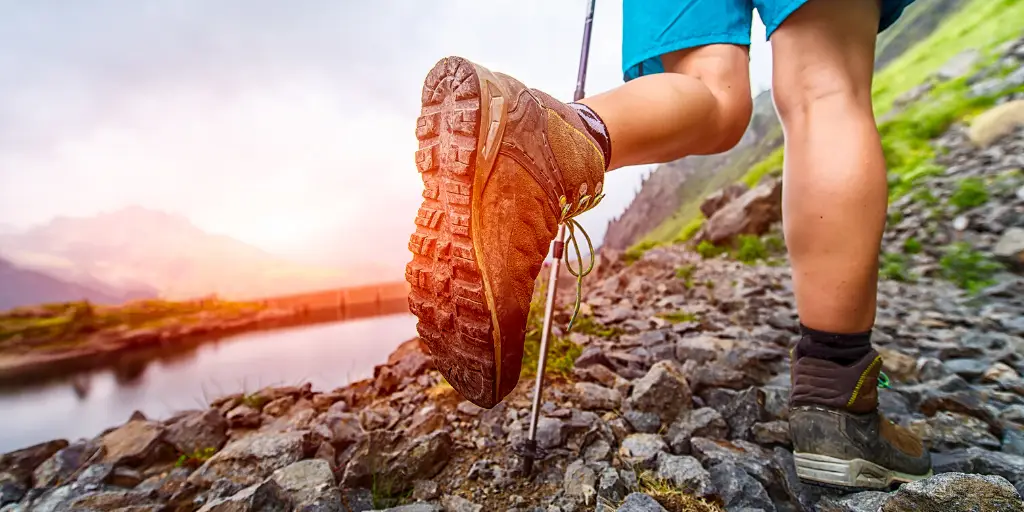
- Rubber outsole: Rubber is a durable material that provides good traction on a variety of surfaces.
- Tread pattern: The tread pattern on the outsole helps to grip the ground and prevent slipping. Non-slip tennis shoes typically have a deep, aggressive tread pattern with wide grooves.
- Hexagonal tread pattern: Some non-slip tennis shoes have a hexagonal tread pattern, which is designed to provide even more traction and grip.
- Cushioned midsole: A cushioned midsole provides comfort and support and can also help to absorb impact from the ground.
- Orthotic footbed: An orthotic footbed provides arch support and can help to improve stability.
Some non-slip tennis shoes also have additional features such as
- Water-resistant or waterproof uppers: This is especially important for playing tennis in wet conditions.
- Padded collars: Padded collars provide comfort and help to prevent chafing.
- Reinforced toe box: A reinforced toe box protects the toes from impact.
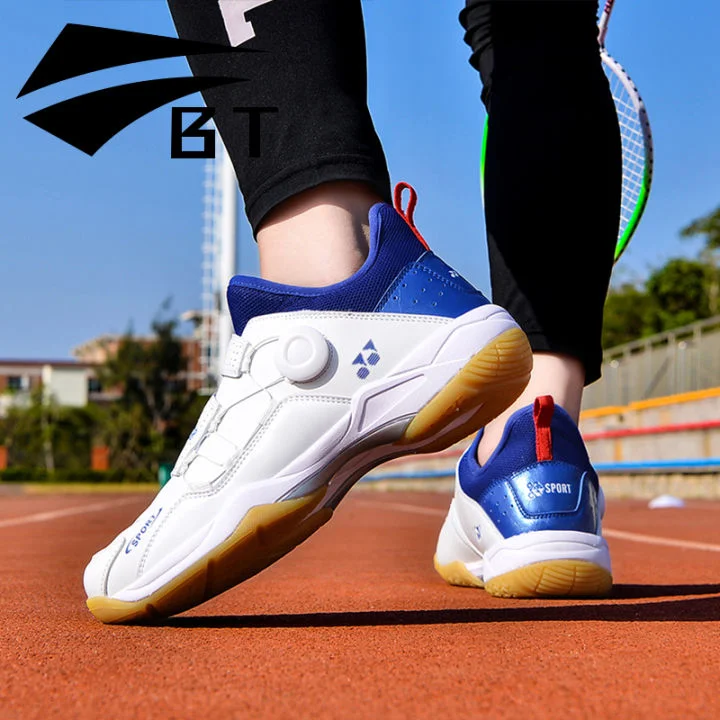
When choosing non-slip tennis shoes Title
When choosing non-slip tennis shoes, it is important to consider the type of surface you will be playing on and the conditions you will be playing in. If you will be playing on wet or slippery surfaces, you will need a shoe with a deep, aggressive tread pattern. If you are playing in hot or humid conditions, you will need a shoe with breathable uppers.
Here are some examples of popular non-slip tennis shoes
- K-Swiss FST 8.0
- Asics Gel-Resolution 8
- New Balance Fresh Foam 1080 v13
- Nike Air Zoom Vapor X
- Adidas Adi zero Uber sonic 4
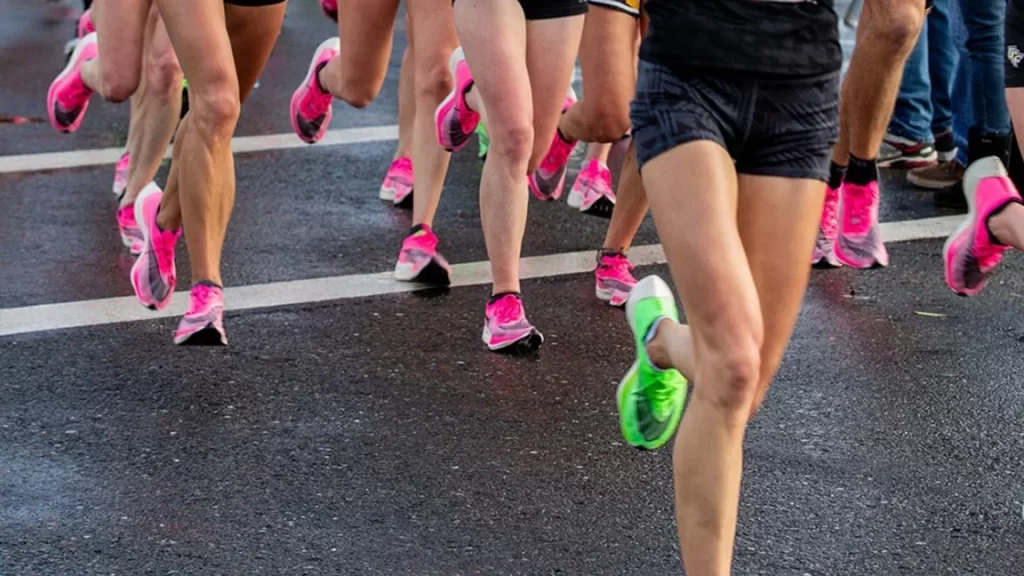
It is important to note that no shoe is completely slip-proof. However, by choosing a non-slip tennis shoe with the features listed above, you can reduce your risk of slipping and falling on wet or slippery surfaces.
How to choose NON-slip Tennis shoes?
Choosing Non-Slip Tennis Shoes: A Step-by-Step Guide
- Testing Slip Resistance: Before purchasing non-slip tennis shoes, it is crucial to assess their slip resistance. To do this, try them on a slippery surface, such as a shop floor. By stepping onto such a surface, you can determine how well the shoes resist slipping and ensure they are suitable for slip-resistant surfaces.
- Prioritizing Comfort: Comfort is key in tennis, as it directly affects your performance on the court. Look for shoes that provide ample support and cushioning to keep your feet comfortable during intense matches. Consider factors such as arch support, padding, and breathability to ensure a comfortable fit.
- Ensuring Durability: Tennis involves quick movements and frequent lateral shifts, so durability is essential. Shoes made from high-quality materials that can withstand the demands of the game. Look for reinforced toe caps, sturdy outsoles, and durable uppers to ensure your shoes can handle the rigors of the sport.
- Reflecting Personal Style: While functionality is crucial, it’s also important to choose non-slip tennis shoes that align with your personal style. Feeling confident in your footwear can positively impact your performance. Look for designs and colors that resonate with your preferences, allowing you to express yourself on the court.
Difference Between regular Shoes and non-slip tennis shoes
By following these step-by-step guidelines, you can confidently select non-slip tennis shoe that enhance your game, protect your feet, and provide the comfort and support you need to excel on the court.
The main difference between a non-slip tennis shoe and a regular shoe is the outsole. Non-slip tennis shoe has a specially designed outsole that is made of a durable rubber compound and has a deep tread pattern. This outsole is designed to provide maximum traction on wet, slippery, and uneven surfaces.
Regular shoes, on the other hand, typically have a less durable outsole with a shallower tread pattern. This outsole is designed for performance on dry, even surfaces, such as a tennis court.
Here is a table that summarizes the key differences between non-slip and regular tennis shoes:
| Feature | Non-Slip Tennis Shoes | Regular Shoes |
| Outsole | Durable rubber compound with deep tread pattern | Less durable rubber compound with shallower tread pattern |
| Traction | Maximum traction on wet, slippery, and uneven surfaces | Good traction on dry, even surfaces |
| Performance | Designed for performance on a variety of surfaces | Designed for performance on dry, even surfaces |
Other features that may distinguish non-slip tennis shoe from regular shoes include:
- Water-resistant or waterproof upper
- Padded collar and tongue for additional comfort and protection
- Cushioned insole and orthotic footbed for arch support
- Thicker sole for increased durability and foot protection
Non-slip tennis shoe is a good choice for people who work in slippery environments, such as kitchens, restaurants, and hospitals. They are also a good choice for people who enjoy outdoor activities such as hiking and camping, or who simply want a pair of tennis shoes that can handle any type of surface.
How to Tell If Shoes Are Non-Slip?
To tell if shoes are non-slip, there are a few things to look for:
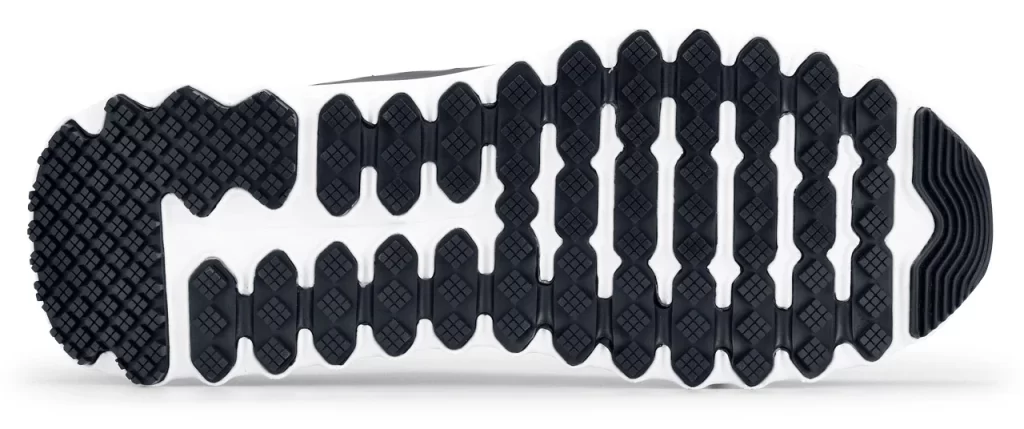
- Check the product description or tag. Many non-slip shoes will be labeled as such, either on the product description or on the tag attached to the shoes.
- Look at the tread pattern. Non-slip shoes typically have a deep, aggressive tread pattern with wide grooves. This helps to grip the ground and prevent slipping.
- Feel the outsole. Non-slip shoes are often made with a rubber outsole, which is a durable material that provides good traction on a variety of surfaces.
- Ask a sales associate. If you are unsure whether or not a pair of shoes is non-slip, ask a sales associate for assistance. They should be able to tell you whether or not the shoes have the features necessary to provide good slip resistance.
Here are some additional tips for choosing non-slip shoes
- Consider the type of surface you will be using the shoes on. If you will be using the shoes on wet or slippery surfaces, such as a pool deck or a kitchen floor, you will need a pair of shoes with a deep, aggressive tread pattern.
- Consider the conditions you will be using the shoes in. If you will be using the shoes in hot or humid conditions, you will need a pair of shoes with breathable uppers.
- Try on the shoes before you buy them. Make sure that the shoes fit snugly and comfortably. Shoes that are too loose or too tight are more likely to cause you to slip.
It is important to note that no shoe is completely slip-proof. However, by following the tips above, you can choose a pair of non-slip shoes that will reduce your risk of slipping and falling.
Conclusion
The slip resistance of tennis shoes depends on the shoe and conditions. Shoes with deep tread and rubber outsoles offer better slip resistance. However, even non-slip tennis shoes can slip on wet or icy surfaces. Take precautions, walk carefully, and be aware of surroundings. Look for shoes with deep tread and rubber outsoles, or consider hexagonal tread patterns for enhanced traction.
Frequently Asked Questions
While non-slip tennis shoes offer improved traction, they are not specifically designed for extreme slippery conditions like ice or wet floors. It is recommended to use specialized footwear like ice cleats or shoes with specific slip-resistant features for such surfaces.
-
Are Tennis Shoes Non-slip?
Tennis shoes, also known as athletic or sports shoes, have become a popular choice for individuals engaging in various physical activities, including tennis, running, and gym workouts. One crucial aspect that many people consider when selecting tennis shoes is their slip resistance. The question arises: are tennis shoes non-slip? Non-slip tennis shoes can help to…

